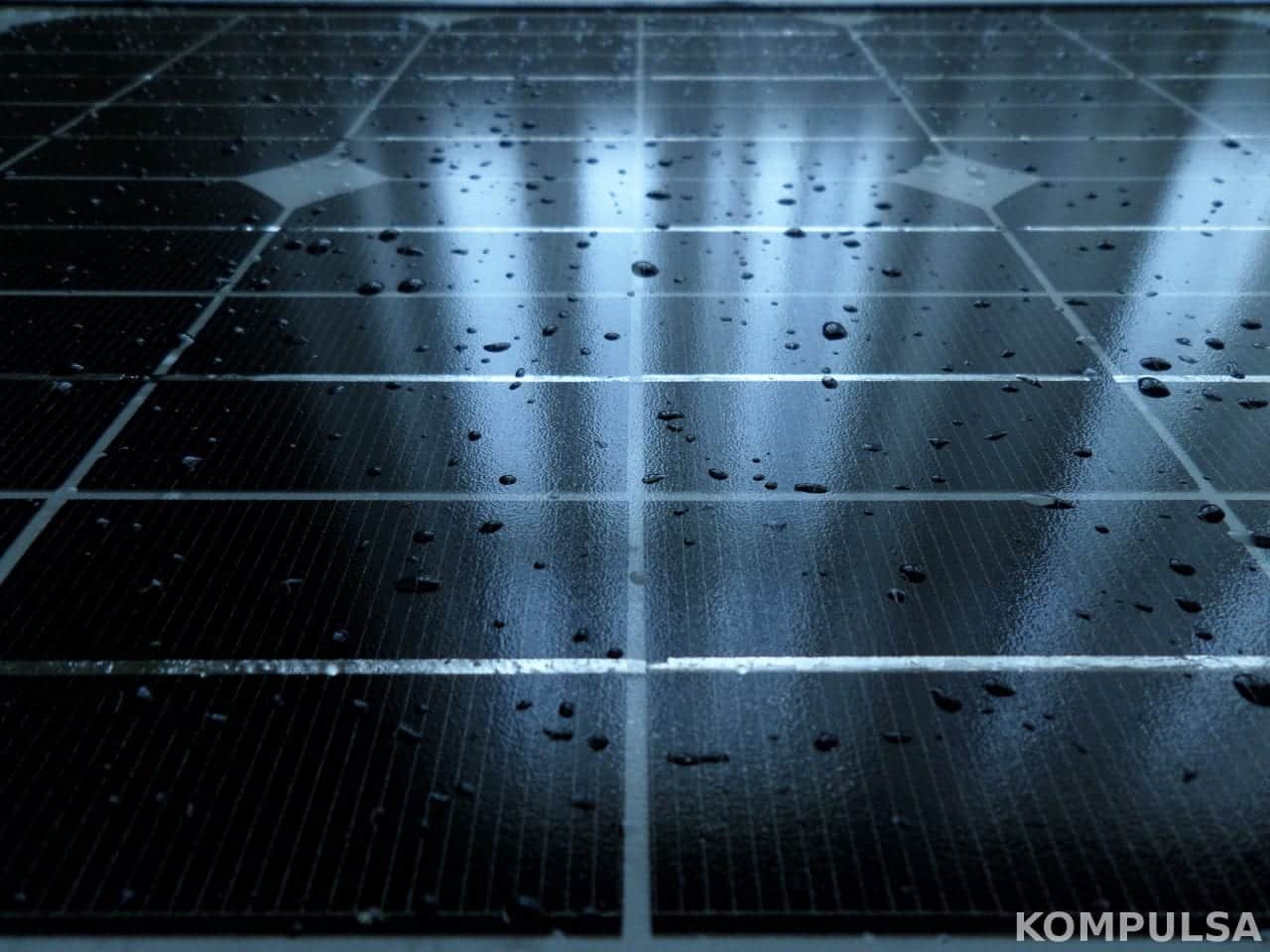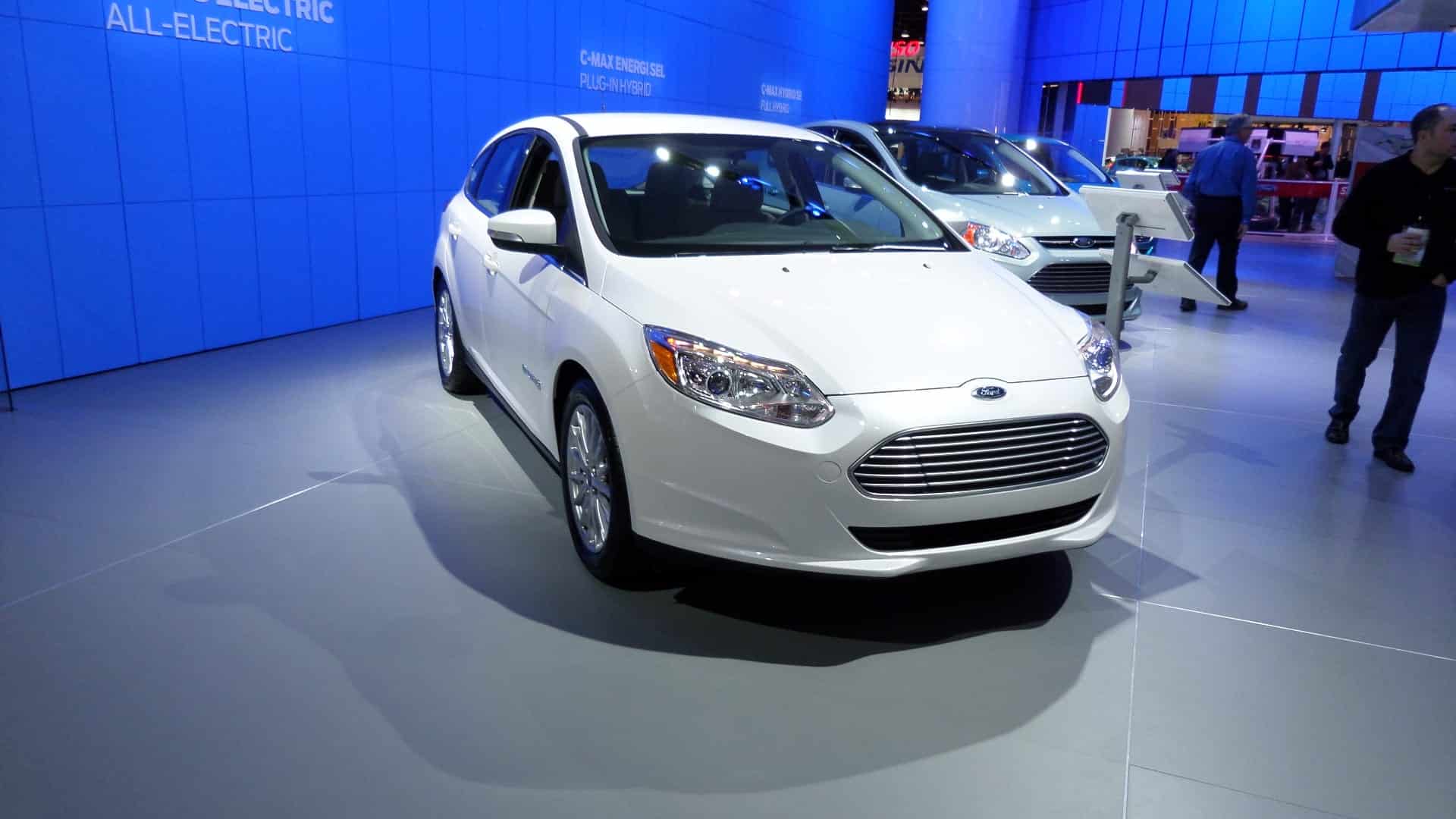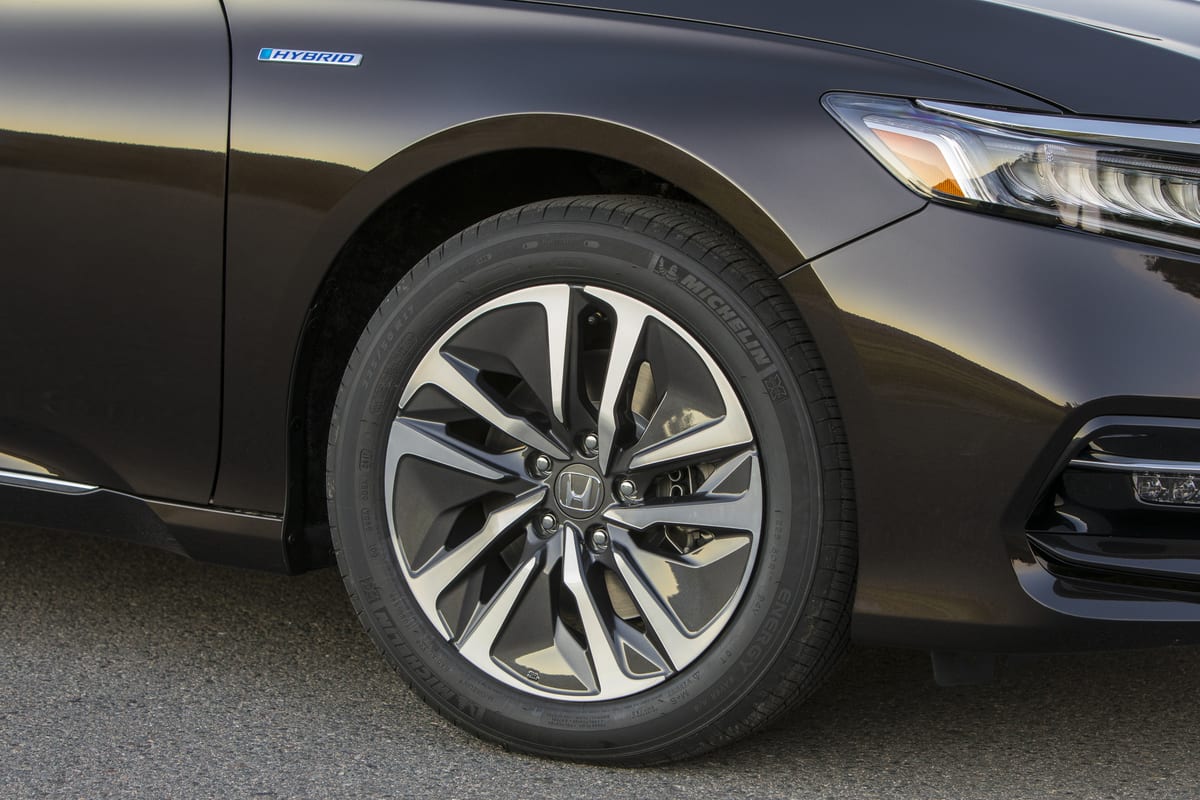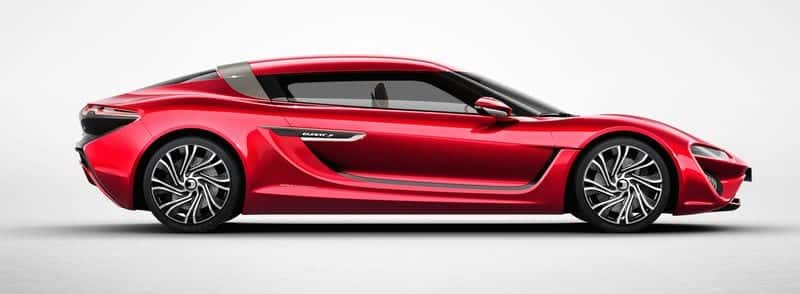We have now entered an era in which utility-scale solar power is cheaper than fossil fuels in many developing areas. For example: in Chile, the cost of electricity generated by new solar power plants is less than wind, and roughly half that of coal at $29.10/MWh (2.9 cents per kWh).
Solar power used to be the ‘cute’ alternative to fossil fuels, but was considered impractical due to the fact that solar irradiance is inconsistent. What that means is solar is a variable power source, requiring some form of backup generator or energy storage. Energy storage is one of the most effective means to provide 24/7 solar power, but it comes it a high cost.
Things have changed, and cost patterns have given me a clear idea of where the future lies: Cheap energy storage. Energy-related R&D programs and organizations like the ARPA-E and NREL should dedicate a larger portion of R&D funding to lithium-ion battery technology especially, but should of course dedicate a significant portion of funds to energy storage in general. An ideal energy storage medium can put electric cars in every driveway, and enable everyone to use wind and solar power affordably without gas backup.
The continuously declining cost of both solar power and lithium-ion batteries suggests that a combination of the two could very well be a knockout solution to reduce carbon dioxide emissions around the globe. Energy storage plays an especially important role in giving solar and wind power plants baseload capability, facilitating greater grid penetration.
In addition to greater grid penetration for variable energy sources, energy storage could assist nuclear power plants, which are very limited in their ability to follow electricity demand (coal power plants also suffer from this issue).
Batteries Facilitate Zero-Emissions Transportation Too
Around the world, tailpipe emissions are alarmingly high and they cause a host of public health problems, not to mention climate change. Cheap battery technology is the solution to this issue, as it would make electric cars cost competitive with gasoline-powered cars. Batteries are what make electric cars more expensive than their gasoline-powered counterparts.
This is why I think that batteries are the golden key to a sustainable energy future. Wind power costs under $0.10/kWh (in the U.S.), Solar can cost as little as $0.029/kWh, and they can recharge electric vehicles.
HVAC – One Of The Biggest Consumers Of Energy
Energy prices are another major issue associated with fossil-fueled power plants, and users of HVAC systems (most notable heating and air conditioning systems) are no stranger to this issue. Heating and air conditioning systems account for nearly half (48%) of U.S. residential energy usage, making it another priority in the race towards a sustainable future.
Batteries won’t necessarily enable us to reduce the power consumption of HVAC systems. However, they enable users to take advantage of time-of-use electricity pricing so they can reduce their cost instead.
Time-of-use electricity pricing (available in some areas) enables and encourages residents and businesses to shift some of their energy-intensive activities to off-peak hours (usually after 6 PM). This enables coal power plant operators to utilize the coal that is wasted at night due to reduced electricity demand.
This means that batteries can be used to store cheaper electricity generated during off-peak hours and use them to power HVAC systems throughout the day. They can also utilize solar power generated during the day to keep us warm during cold winter nights.
Desalination – Our Lifeline For The Future (A Pumped Hydroelectric Storage Opportunity)
Exacerbated by climate change, droughts and glacial melting around the world have compromised two of the world’s most important freshwater sources: Rivers [PDF] and glaciers. While desalination is a costly alternative to freshwater obtained from rivers, it is a prime candidate for variable power sources such as solar and wind, especially considering the low cost of solar power in some areas.
This may not sound like energy storage, but solar and wind power could be used to power desalination plants, and then pump desalinated water into dams for storage. The water flowing out of those dams could drive turbines (as is the case with Hoover dam), effectively making them pumped hydroelectric storage plants.
This article is an entry for the 2017 Masdar Engage blogging contest.








